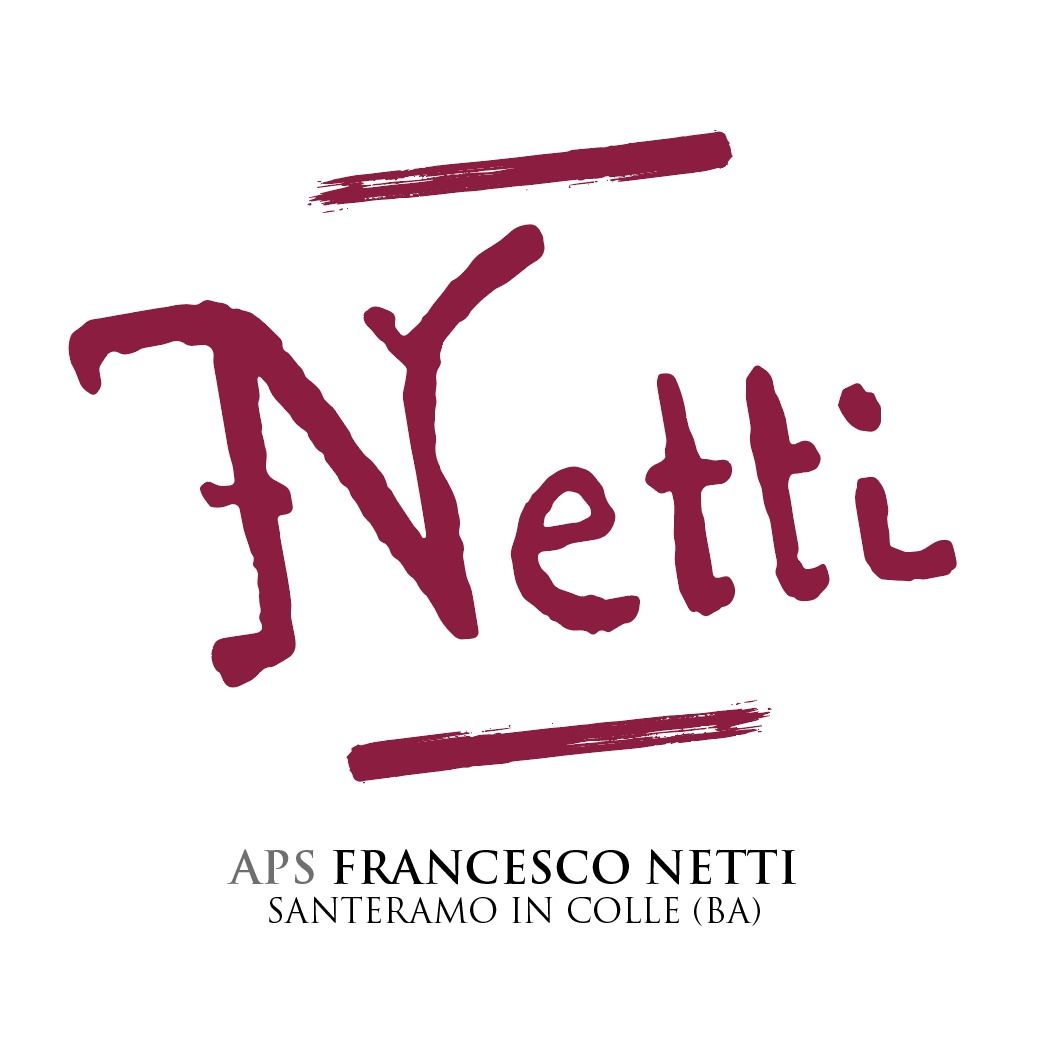Play Audio
Sant'Effremo, 1892
Oil on canvas, cm 208x114
Signed and dated on the lower right «FNetti 1892»
Inscription on the lower left: Property of the Congregation of Charity of Santèramo
Bari, Pinacoteca Metropolitana “Corrado Giaquinto”47
The painting comes from the country church of the Madonna della Pietà – just outside Santèramo in Colle – erected in 1889, on the site of an older chapel, which was already dedicated to Saint Ephrem. Giuseppe Musci reports that in 1891 the Congregation of the Pietà entrusted Netti with a commission. He had to create an altarpiece for the high altar of the church, depicting Saint Efrem and the artist, while already working on the theme of the Reapers at the same time, put his hand to this task and managed to finish it in 1892 (two years before his death). For security reasons, then, in 1930, the Congregation decided to deposit the painting at the Bari Provincial Art Gallery in Bari, having a copy made by the painter Bartolomeo Paradiso, which was stolen later.
The painting represents the last religious subject created by Netti and stands as an example of his interest, until now little manifested, also to the monuments of his own land and more specifically to the Apulian Romanesque heritage. Ephrem (or Effremo) is represented here as an old and venerable hermit, covered by a long brown robe and a white cloth that covers his head and, falling, crosses his chest. With his left hand, he holds a stick and with his right hand, he squeezes an inscribed roll. The throne, on which the saint seated, seems to be a reworking of the bishop’s chair of the Cathedral of Canosa.
Netti does not make a simple copy, but acts in several parts rather drastically, eliminating for example the elephants and the cusps of the backrest, thus diminishing the throne, with an attitude not very reverential. Netti deprives it of its ieraticity that seems earned by the Saint who sits on it. Saint Effremo is in a front position, rigid, reminiscent of the sited Christ of the Apocalypse-Vision of San Giovanni, in the pediment of the Cathedral of Amalfi, whose cartoons were made by Domenico Morelli between 1889 and 1891.


